You searched for: 股票配资系统定制开发【TG���������@EK7676】平台包网搭建股票配资系统定制开发【TG���������@EK7676】平台包网搭建9YuKtP9uur
<< Previous | Displaying results 71-80 of 299 for "股票配资系统定制开发【TG���������@EK7676】平台包网搭建股票配资系统定制开发【TG���������@EK7676】平台包网搭建9YuKtP9uur" | Next >>
-
American soldiers pass through the main gate of the Mauthausen camp
PhotoSurvivors of Mauthausen cheer American soldiers as they pass through the main gate of the camp. The photograph was taken several days after the liberation of the camp. Mauthausen, Austria, May 9, 1945.
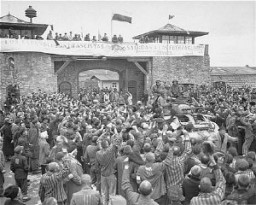
-
Antisemitism in History: Nazi Antisemitism
ArticleAntisemitism (hatred of Jews) predominated in Nazi ideology. The Nazis built upon centuries of anti-Jewish sentiment. Learn about antisemitism in Nazi ideology.

-
World War II in Eastern Europe, 1942–1945
ArticleBefore 1942, Nazi Germany had expanded across much of Europe. Learn more about major Allied victories in eastern Europe that led to the German surrender.
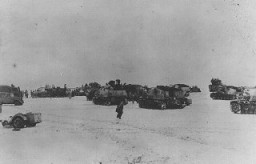
-
Oaths of Loyalty for All State Officials
ArticleThe Oath of Loyalty for All State Officials started to change in 1934. Learn more about the oath and Germany’s journey from democracy to a Nazi dictatorship.
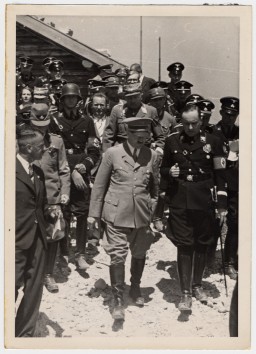
-
United Nations Relief and Rehabilitation Administration
ArticleThe United Nations Relief and Rehabilitation Administration’s mission was to provide economic aid to European nations and assist refugees after World War II.
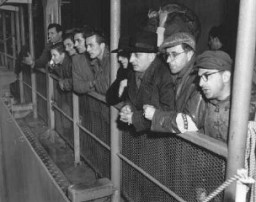
-
Fire Oaths
Article“Fire Oaths” were statements that declared why the works of certain authors were thrown into the flames during the 1933 burning of books under the Nazi regime.

-
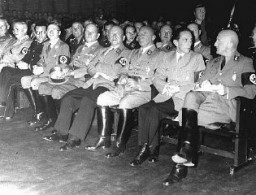
-
Walter Marx
ArticleRead the Jewish Partisan Educational Foundation's short biography of Walter Marx.
-
Timeline of Events
TimelineExplore a timeline of events that occurred before, during, and after the Holocaust.
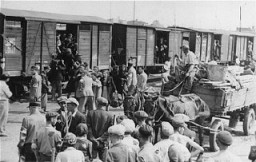
-
Jews in Prewar Germany
SeriesLearn about Jewish life in Germany and Europe before WWII, antisemitic laws, and Nazi violence and discrimination against the Jews of Germany.
